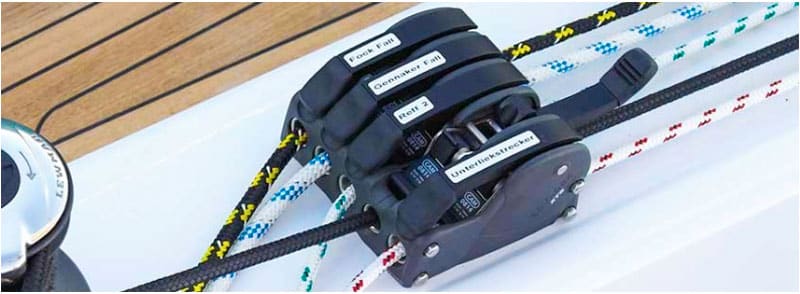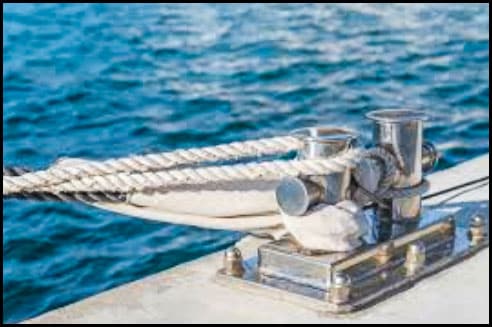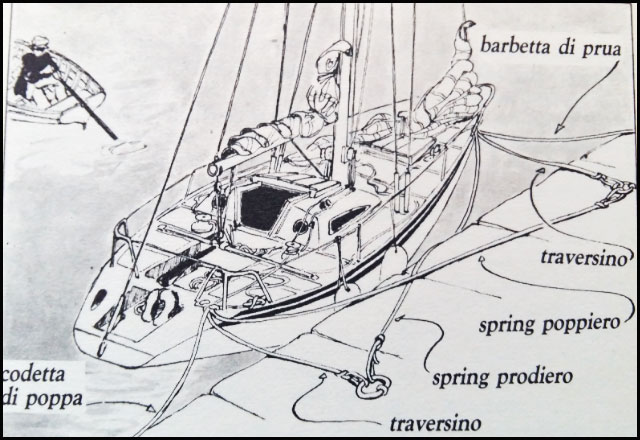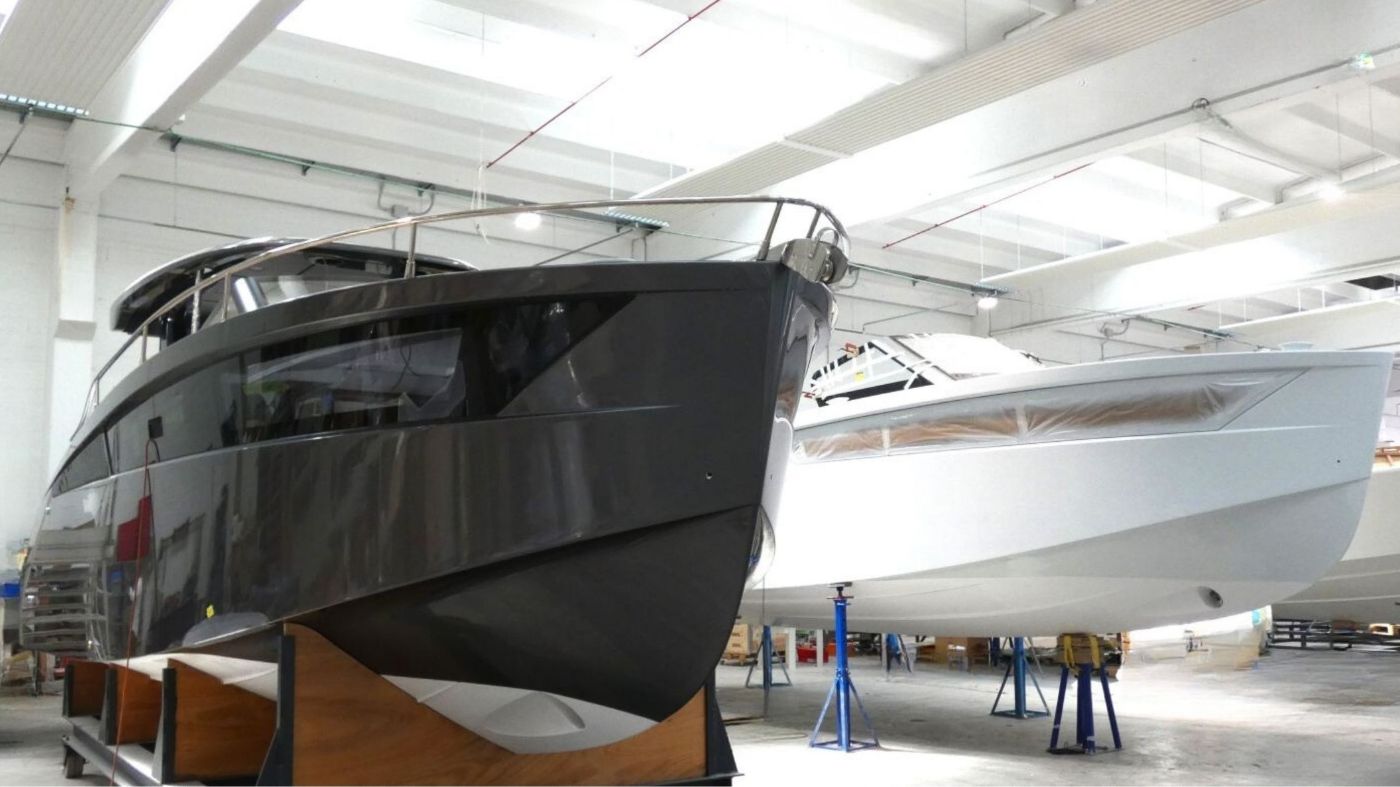Corda in barca?
Lasciate pure che ora sorridano, poiché quando capiterà il momento giusto si accorgeranno quanto sia sciocca la loro ironica ignoranza.
Mi rivolgo a tutti coloro che sprezzantemente sorridono di chi fa uso dei rigorosi termini che l’arte marinara impone per la gestione di un natante quando naviga o quando è all’ormeggio.
Ho sentito con le mie orecchie armatori chiedere a chi stava a bordo o a terra di “tirare una corda“ ignari che un tale termine, su qualsiasi barca, esiste solo per agitare il batacchio della campana, se mai ce ne fosse una, e che ogni altro “cavo tessile” assume il nome che ne distingue la funzione: drizza, scotta, cima, sagola, stroppo, messaggero, amantiglio, barbetta, codetta, spring,traversino, borose, matafione, gomena, eccetera .
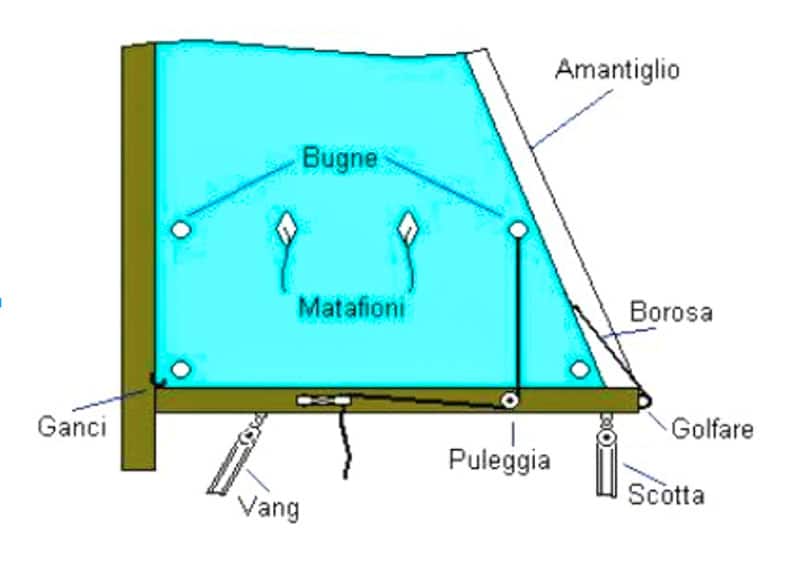
Ma non si esaurisce qui la cultura dei nomi dei cavi, bisogna accostarle il verbo cioè l’azione da compiere con essi.
Mi spiego meglio. Quando tutti avranno bene imparato che: la drizza serve a sollevare e la scotta invece a regolare una vela, la cima o la gomena (dipende dalla grossezza del cavo) si adopera per ormeggiare , la sagola si distingue per il suo piccolo diametro, lo stroppo è uno spezzone, il messaggero è una guida passacavo a perdere, la barbetta serve al traino e infine il matafione trattiene la vela terzarolata, bisognerà capire che cosa significhi: addugliare, cazzare, assuccare, filare, lascare, mollare, incattivare, incocciare, giuncare, dare volta, dare a collo, intugliare e abbisciare.
Molte di queste “azioni“ che i marinai compiono sui diversi “cavi tessili“ non appartengono al mondo esclusivo dei velisti, ma coinvolgono quasi tutti coloro che salgono su di un mezzo che galleggia nell’acqua.
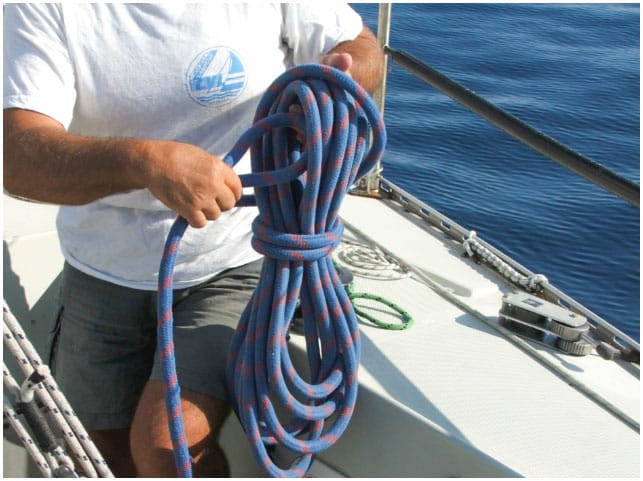
Incattivare è più noto come riflessivo incattivarsi, cioè l’impigliarsi o l’intrecciarsi di una cima su se stessa, con altri cavi o su oggetti estranei. Incocciare corrisponde ad attaccare stabilmente una cima a un punto fisso della barca; dare volta è meno generico poiché significa proprio legare saldamente una cima a un sostegno, che se poi il cavo compie un giro completo avrete dato a collo. Giuncare è un termine molto specialistico e forse inopportuno fra i “cavi tessili“, poiché leggeri fili di lana vengono usati per legare, come fosse un salame, lo spinnaker quando, issandolo, non si vuole che si apra prima di cazzare la base. Intugliare significa collegare tra loro due cime per allungare un cavo.
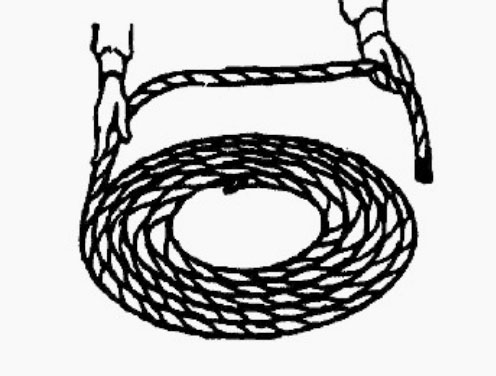
Annoiati? Mi dispiace, poiché da tutto ciò discende la sublime arte marinaresca dei nodi, un universo tutto da scoprire in cui i profani contrabbandano groppi per nodi. Ma questa è un’altra storia.
Buon Vento.

